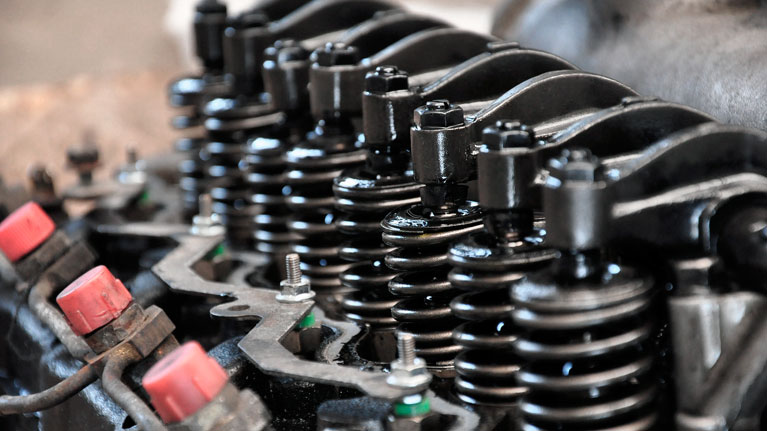
There are several types of gaseous fuels. They are all characterised by the fact that they are made up of hydrocarbons, although they may also contain other types of components. They can be obtained from a wide range of sources, such as petroleum (natural gas), the biological degradation of organic materials (biogas) or in the form of products from industrial processing or products deriving from it (manufactured gases).
- Natural Gas. Mostly made up of methane, ethane, propane, butane, CO2 and N2. It may (sweet) or not (sour) contain sulphur in the form of hydrogen sulphide, which is highly corrosive, as well as small quantities of silica.
- Liquid gases from petroleum. Based on propane and butane.
- Biogas. Family of gases derived from the anaerobic or biochemical digestion of organic material present in industrial or domestic waste, faecal water, agricultural and food waste. Composed of methane, CO2, N2, water vapour and aggressive components such as hydrogen sulphide, halogenated hydrocarbons and siloxanes. May also contain abrasive components such as silica and arsenic.
- Other gases. Obtained as derivatives from an industrial process (refinery wood gas, oil well-heads…). May also contain a high content of sulphur.
They typical composition of these gases is shown in the following table:
| GAS | %S | %CH4 | %CO2 | %N2 | %H2 | %C2H6 | %C3H8 | %C4H10 | PCI (MJ/Nm3) |
|---|---|---|---|---|---|---|---|---|---|
| Natural | <0.001 | 93.2 | __ | 1.4 | <0,1 | 3.6 | 0.8 | 0.5 | 31-35 |
| From digestion | 0.01-0.04 | 35-65 | 30-40 | 1-2 | __ | __ | __ | __ | 22-26 |
| From waste | 0-0.02 | 25-55 | 45-75 | __ | __ | __ | __ | :: | 18-22 |
| From well-heads | 0.001-15 | 8-98 | 10-92 | 10-85 | 0.2-4.2 | __ | 1-5 | 1-5 |
Table. Typical composition of the different gases.
The differences that exist in the composition of each fuel and the existence of certain aggressive components have lead to the obligatory development of a specific technology for this type of engines. Also, the selection of lubricants is determined by these differences in composition and by the presence or absence of aggressive components in the gas in question.


